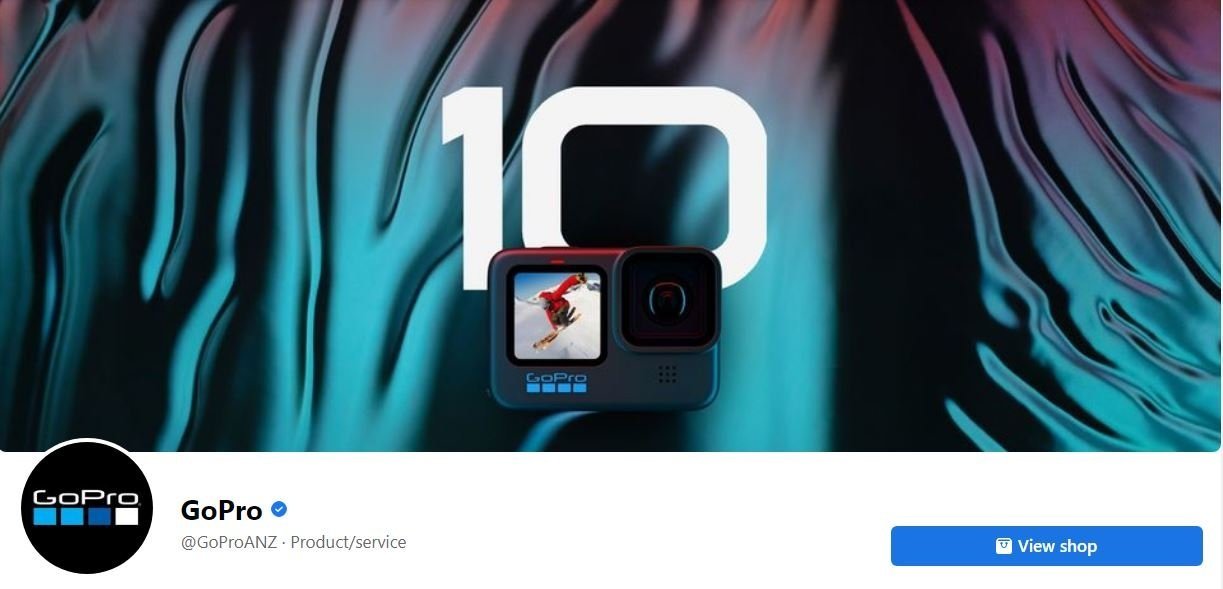Why Your Social Media Profiles Should Be Set Up Correctly

Having an online presence is essential for a modern business.
We all know that is true.
But, it isn’t enough to simply start a Facebook page or sign up for a LinkedIn profile.
In order to maximise the potential that an online presence gives you, those channels need to be set up correctly.
Often, your social media profiles will be one of the first ways a potential customer interacts with your business, so it’s important that they give the right impression.
To do that, you need to include some essential details. There are several elements that you will need to set a social media profile up for success.
So, let’s look at the importance of setting your profiles up correctly and the basic elements that you need to consider.
WHY YOUR SOCIAL MEDIA PROFILES SHOULD BE SET UP CORRECTLY
Building A Strong Connection
You never know how people are going to come across your business. If the first place they land is on one of your social media profiles, then it’s important to make it as easy as possible for them to get the information they need.
Even if you do everything else right, if your social media profiles aren’t set up correctly, it will stop your marketing success in its tracks!
There are some obvious benefits to filling those social profiles with vital info. Firstly, it tells people who you are and what you do. Taking that one step further, having details about your business on your social profiles will increase your brand awareness and visibility across a range of platforms. It also gives you direct access to your customers, creating opportunities to provide great service and to learn more about your customers.
So, how do you make sure they are set up correctly?
8 Elements To Set Up Your Social Profiles for Success
1: Your display name
Think carefully about the name you use to represent your brand.
Depending on the platform you are working on, your display name could either be your business name or your own name. Choose what makes sense for your brand. Then, don’t forget to do the basic housekeeping task of ensuring correct spelling and capitalisation.
Your display name will be what shows up in searches, so it is essential to get it right. It allows people to find you or your business easily.
It’s important to note that your display name is not unique to your profile. There could be other people or businesses out there with the same display name.
2: Your username
Different from your display name, your username is unique to your profile. It’s a one-of-a-kind handle that is usually included in the URL for your social profiles.
You usually can’t change your username (or it is really hard to change it), so choose carefully!
Depending on your business, it will either make sense to use your own name or your business name. As usernames are global, there could be other people with the same or similar business name. You may have to add an ‘nz’ or a number to your name to make it unique. Just make sure any additions make sense to your niche.
Where possible, try to keep your username consistent across all platforms to make it easier for people to find you.
3: Your social media bio
Your bio is a great place to catch people’s attention and help them to learn more about your business.
But, you don’t want it to be a giant essay! Keep your bio concise and to the point. Make sure you cover your USP (unique selling point) so people know what you do and how you differ from others in your industry.
Don’t forget that social media is also a search engine, so your bio should include keywords that will help prospective customers find you.
4: Your profile picture
Choosing your profile picture is an important task. It needs to be an image that represents your brand well and is appropriate (maybe wave goodbye to those partying photos of your youth for now!). You’ll also need to make sure it is the correct size parameters for the platform you are loading it to AND it needs to be in focus.
If it’s the profile pic for a personal account, I would almost always recommend a headshot for your profile picture.
If it’s a company profile, it gets a bit trickier. If you are the face of your company, or it’s a small organisation, it might make more sense to go for a headshot. If you’re a bigger company, or you don’t want your face to be associated with the brand, go for a logo.
5: Your cover photo
Most platforms will give you the option to add a cover photo or display picture. You should always add this when you can.
Make sure the cover photo is relevant to your brand and doesn’t overpower your profile picture.
It’s a great place to advertise your most recent product like GoPro does here:

If you’ve run any advertising campaigns recently, you can also use any high quality images from these, like this one on LinkedIn:

(realestate.co.nz LinkedIn page)
On Facebook, you can use a video as your cover photo which can be a great way to add extra interest. Make sure you only do this if you have a high-quality video.
6: Your website link
Your social media pages are great business assets. However, it is important to remember that they are rented land. Your social pages do not belong to you, they belong to the platform that they are set up on. Which is why you always want to include a link to your own internet real estate - your website.
Always make sure that it’s easy for someone to click through to your website from any of your social media profiles.
Some platforms make this really easy allowing you to add links to posts and even have a dedicated profile space for your website address. For platforms like Instagram, you might consider using a service like Linktree to provide easy access to all of your most important links.
7: Your contact details
Your website should be the only form of contact on your social pages. You should also make sure that there aren’t any barriers to someone getting in touch with you.
Include ways for people to get in touch with you on the platform, as well as via email. Depending on your industry, it might also make sense to include your phone number on your social profiles.
8: Your interests and likes
Some platforms, such as LinkedIn and Facebook, allow you to have more information about your interests and likes.
A lot of people skip over these for business profiles, but if you’re the face of your company then it makes sense to include these on your profiles.
Adding your interests and likes can give customers an insight into you and therefore your business.
Of course, you should curate this section to reflect your business values. So if you’re interested in motorsport but you run a zero-waste sustainability business, you might want to leave this off.
Consistency Is Key
One of the most important things you can do to have success on social media is to be consistent across all platforms. That way, it makes it easy for people to recognise your business at a glance, regardless of which platform they are on.
In the beginning, you might be tempted to try and have a presence on all the platforms. But, it is better to focus on the places where your ideal clients hang out. It’s better to do 1 or 2 platforms well than spread yourself too thin across too many.
We already mentioned having the same usernames across all of your social media profiles. But, take that consistency one step further by keeping profile photos, display names, and cover photos consistent across all platforms.
You also want to maintain consistency with your bio. But, it may need to be tweaked depending on the platform. For example, you can use a longer form bio on LinkedIn, but it needs to be short and snappy for Instagram.
There you go! Now it’s time to get those profiles set up correctly. If you aren’t sure where to start or don’t have the time to dedicate to this important job, then get in touch with the Face Up Now team.
As social media experts, we can get you set up and underway in no time. Book a time to chat with us today.







